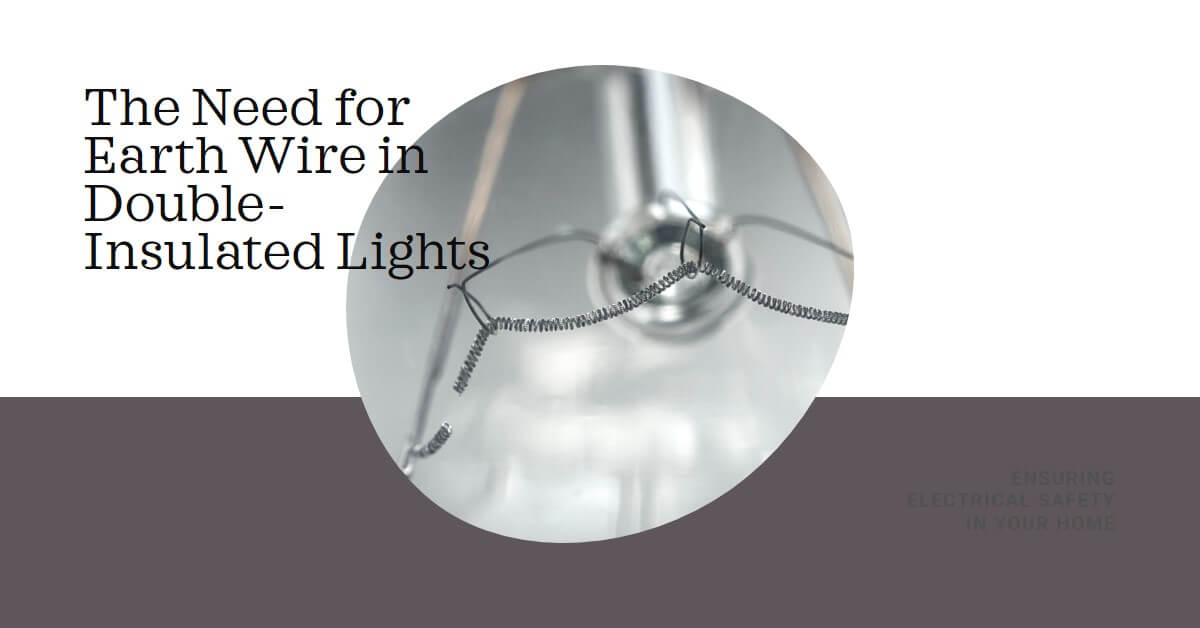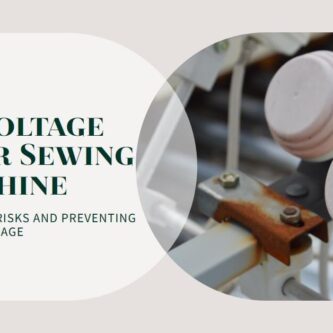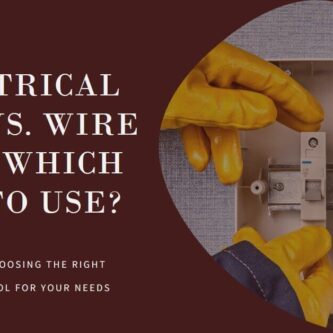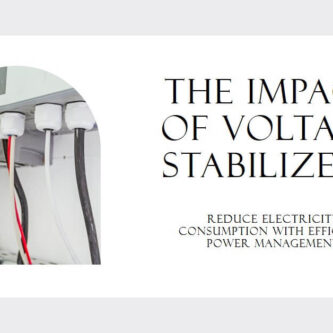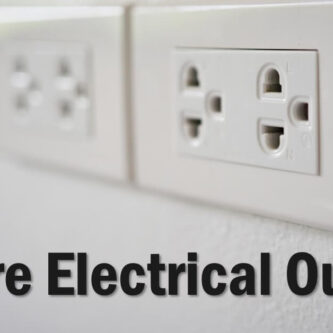Image: “Article Feature Image” by Bing is licensed under CC BY-NC-SA 4.0. Source: Bing Graphic Art. License: CC BY-NC-SA 4.0.
Electrical safety is of paramount importance in any setting, and understanding the role of grounding or earth connection is crucial.
When it comes to lighting fixtures, double-insulated lights offer a unique approach to electrical safety.
Double-insulated lights do not require an earth connection. Double-insulated lights are designed with an additional layer of insulation that acts as a safety barrier between the electrical components and the external environment.
In this article, we will explore the concept of double insulation, examine the need for an earth connection in electrical systems, and determine whether double-insulated lights require grounding.
Understanding Double-Insulated Lights
Double insulation refers to an electrical safety feature where an additional layer of insulation is provided to protect against electric shock.
This insulation acts as a barrier between the internal electrical components of a device and its external environment.
The primary purpose of double insulation is to eliminate the reliance on an earth connection for electrical safety.
Earth Connection in Electrical Systems
Earth connection, also known as grounding, plays a crucial role in electrical systems. It provides a pathway for electrical faults or excess current to safely dissipate into the ground.
In standard electrical devices, the earth connection is used as a safety measure to prevent electric shock in case of a fault.
Read also my article: Grounding Light Fixtures: Protecting Lives and Properties.
Do Double-Insulated Lights Require an Earth Connection?
Double-insulated lights are specifically designed to eliminate the need for an earth connection.
These lights are constructed in such a way that even in the event of an internal fault, the double insulation provides sufficient protection against electric shock.
As a result, double-insulated lights are exempt from requiring an earth connection.
The purpose of double insulation is to ensure that even in the event of an internal fault, the risk of electric shock is significantly reduced.
The construction, design, and compliance with safety standards are key factors in determining the safety and suitability of double-insulated lights without grounding.
However, it is crucial to consider the specific environment and adhere to recommended safety practices to ensure ongoing electrical safety.
Factors to Consider
When determining whether double-insulated lights require an earth connection, several factors should be considered.
The construction and design of the lights play a crucial role. If the lights meet the necessary safety standards and regulations for double insulation, they are deemed safe to operate without an earth connection.
Benefits and Limitations of Double-Insulated Lights
Double-insulated lights offer several advantages in terms of electrical safety. They provide an extra layer of protection against electric shock, even without an earth connection.
Double insulation also eliminates the risk of electric shock due to faulty wiring or inadequate grounding.
However, it is important to note that double-insulated lights may not be suitable for certain high-risk environments, such as wet locations or industrial settings.
Read also my article: Unleashing the Power: Do Battery-Powered Tools Need Grounding?
Earth Connection Alternatives for Double-Insulated Lights
While double-insulated lights do not require an earth connection, there are alternative methods to ensure electrical safety.
Grounded power outlets can be used to provide an additional layer of protection. Alternatively, bonding conductors can be employed to connect the metal parts of the light fixture to the earth terminal in a building’s electrical system.
Ground-fault circuit interrupters (GFCIs) can also be utilized to provide enhanced protection against electric shock.
Safety Considerations
Although double-insulated lights offer a high level of electrical safety, it is important to consider potential risks when operating these fixtures.
Without an earth connection, there is a possibility that an internal fault may go undetected.
Regular inspection and maintenance are crucial to ensure the integrity of the double insulation and identify any potential hazards.
Adhering to recommended safety practices, such as turning off the power before installation or maintenance, is essential.
Conclusion
Double-insulated lights are designed to provide an elevated level of electrical safety without the need for an earth connection.
By incorporating double insulation, these lights offer protection against electric shock even in the absence of grounding.
However, it is important to consider the specific construction, safety standards, and environmental factors when determining the suitability of double-insulated lights.
Regular maintenance and adherence to safety practices are essential to ensure the ongoing safety of these lighting fixtures.
you work With Electricity! Don’t leave empty-handed!
Looking to stay ahead of the game in the world of electrical engineering? Subscribe to my YouTube channel and gain access to exclusive content you won’t find anywhere else!
The staff I recommend (Amazon Affiliate Links to products I believe are high quality):
- Economy 120 Volt/60Hz AC Power Source – Step-Down Voltage & Frequency Converters 1800W
- UNI-T Digital Multimeter Tester UT139C
- 50-Amp Extension Cord for RV “100ft”
- Voltage Stabilizer 110/220v
- Hair Dryer “best selling“
- TOSHIBA EM131A5C-BS Countertop Microwave Ovens
Disclaimer: This contains affiliate links to Amazon products. I may earn a commission for purchases made through these links.

